Breast Reduction Cost in Thailand

Are you considering a breast reduction and exploring your options abroad? Thailand has emerged as a prominent destination for medical tourism, attracting individuals seeking high-quality cosmetic procedures at a more affordable cost than in many Western countries. When it comes to breast reduction in Thailand, you'll find a wide range of clinics and hospitals offering this procedure, often with experienced surgeons and modern facilities. This detailed guide will walk you through everything you need to know about the cost of a breast reduction in Thailand, what affects the price, and what you can expect during your medical journey. We'll answer common questions and provide a clear picture to help you make an informed decision.
How much does a breast reduction cost in Thailand on average?
While this is an average, it's important to understand that prices can fluctuate. Factors such as the specific clinic, the reputation and experience of the surgeon, the technique used, and what's included in the package can all influence the final price. For example, some higher-end hospitals or more renowned surgeons might charge closer to the upper end of this range, while others may offer more budget-friendly options.
What factors influence the total cost of breast reduction in Thailand?
Understanding these factors can help you budget accurately for your breast reduction procedure in Thailand:
- Clinic and Hospital Reputation: Renowned hospitals and clinics with international accreditations often have higher overheads and thus higher prices. These facilities usually offer state-of-the-art equipment and a wider range of services.
- Surgeon's Experience and Expertise: Highly experienced and board-certified plastic surgeons with a long track record of successful breast reduction surgeries may charge more for their services. Their skill and reputation contribute significantly to the overall cost.
- Anesthesia Fees: The cost of anesthesia is typically separate and depends on the type of anesthesia used (general or local with sedation) and the duration of the surgery. This fee covers the anesthesiologist's services and the anesthetic agents.
- Facility Fees: These cover the use of the operating room, equipment, and nursing staff during your breast reduction procedure.
- Pre-operative Tests and Consultations: Before surgery, you'll need consultations with the surgeon and various medical tests (e.g., blood tests, ECG, mammogram) to ensure you are a suitable candidate. These are often included in package deals but can sometimes be an additional cost.
- Post-operative Care and Follow-ups: This can include follow-up appointments, prescribed medications, compression garments, and any necessary drains. Some comprehensive packages include these, while others may charge extra.
- Complexity of the Procedure: The amount of tissue to be removed and the specific technique required can affect the surgery's duration and complexity, thereby impacting the cost. For instance, an "extended breast reduction" or a more complex case might cost more than a standard procedure.
- Location within Thailand: While generally more affordable than Western countries, prices can vary even within Thailand. Clinics in major cities like Bangkok and Phuket might have slightly higher costs compared to those in less urban areas, though they also tend to have more specialized facilities.
What is typically included in a breast reduction package in Thailand?
When considering a breast reduction in Thailand, many clinics offer comprehensive packages to simplify the process for international patients. While inclusions can vary, here's what you can generally expect:
- Surgeon's Fee: This is the primary component and covers the surgeon's expertise and the surgical procedure itself.
- Anesthesiologist's Fee: The cost for the doctor administering anesthesia during your breast reduction.
- Operating Room Fees: Charges for using the surgical facilities and equipment.
- Hospital Stay: Most breast reduction procedures require at least one night of hospital stay, and this is typically included. Some packages might offer two nights.
- Pre-operative Medical Tests: Essential tests like blood work, chest X-rays, and ECG to ensure you are fit for surgery.
- Initial Consultations: Meetings with your surgeon to discuss your goals, assess your suitability, and plan the procedure.
- Post-operative Medications: Pain relievers, antibiotics, and other necessary medications for recovery.
- Compression Garments: A specialized surgical bra or compression garment, crucial for supporting the breasts during healing and minimizing swelling after your breast reduction.
- Follow-up Appointments: Scheduled check-ups with your surgeon to monitor your recovery and remove stitches if necessary.
- Translation Services: Many clinics catering to international patients offer translation services to ensure clear communication.
Some premium packages might also include airport transfers, accommodation, and even dedicated patient coordinators, making the entire experience smoother.
How does the cost of breast reduction in Thailand compare to Western countries?
The significant price difference is one of the main reasons many individuals choose Thailand for their breast reduction surgery. Here's a comparative overview:
| Country | Estimated Breast Reduction Cost (USD) |
|---|---|
| Thailand | $3,000 - $6,000 |
| United States | $6,000 - $15,000+ |
| United Kingdom | $7,000 - $12,000+ (£5,500 - £9,500+) |
| Australia | $7,000 - $14,000+ (AUD $10,000 - AUD $20,000+) |
| Canada | $6,000 - $12,000+ (CAD $8,000 - CAD $16,000+) |
This cost disparity is largely due to:
- Lower Labor Costs: Wages for medical staff, including surgeons, nurses, and administrative personnel, are generally lower in Thailand compared to Western nations.
- Reduced Overhead: The operational costs for clinics and hospitals, such as rent, utilities, and medical supplies, are also considerably less.
- Different Healthcare Systems: Healthcare systems in Thailand are structured differently, often with less emphasis on private insurance companies driving up costs, making procedures more accessible.
- Competitive Market: Thailand's thriving medical tourism industry fosters competition among clinics, which helps keep prices competitive.
It's important to remember that while the cost is lower, the quality of care in many reputable Thai clinics often meets or exceeds international standards.
Are there any hidden costs associated with breast reduction in Thailand?
To avoid unexpected expenses, it's crucial to get a detailed breakdown of costs from your chosen clinic before committing. Here are some potential "hidden" costs to inquire about:
- Extended Hospital Stay: If complications arise or you require more recovery time in the hospital than initially planned, extra nights can incur additional charges.
- Revisional Surgery: While rare, if a revisional surgery is needed, clarify whether this is covered or comes at an additional cost.
- Specific Medications or Treatments: Confirm that all necessary medications, wound care supplies, and any potential physical therapy are included.
- Post-operative Scans or Tests: In some cases, additional scans or tests might be recommended during recovery, which may not be part of the initial package.
- Transportation: While some packages include airport and clinic transfers, local transportation for sightseeing or other needs will be an extra cost.
- Accommodation: Unless explicitly included in a comprehensive package, your hotel or guesthouse stay before and after surgery will be a significant expense.
- Flights and Travel Insurance: These are always separate and can vary greatly depending on your origin and booking time. Travel insurance, particularly medical travel insurance, is highly recommended.
- Interpreter Services: While many clinics offer these, confirm if there are any charges for extensive or specialized translation needs.
- Meals and Personal Expenses: Your daily living expenses, including food, shopping, and entertainment, will be additional.
Always ask for a detailed, itemized quote and read the fine print of any package deal to ensure full transparency.
Is breast reduction surgery in Thailand safe?
Thailand has invested significantly in its medical tourism infrastructure, leading to a rise in highly reputable clinics and hospitals. However, as with any medical procedure anywhere in the world, safety is paramount. To ensure a safe breast reduction experience in Thailand, consider the following:
- Accreditation: Look for clinics and hospitals accredited by international bodies like the Joint Commission International (JCI). This signifies that they meet rigorous global healthcare standards.
- Surgeon Credentials: Verify that your surgeon is board-certified in plastic surgery, has extensive experience in breast reduction procedures, and is a member of reputable surgical associations.
- Facility Standards: Ensure the clinic uses modern equipment, maintains strict sterilization protocols, and has emergency response capabilities.
- Patient Reviews and Testimonials: Research past patient experiences. Online reviews, forums, and direct testimonials can offer valuable insights into the quality of care and patient satisfaction.
- Communication: Clear communication with your medical team is crucial. Ensure there are no language barriers and that all your questions are thoroughly answered before the procedure.
- Pre-operative Assessment: A comprehensive medical evaluation before surgery is vital to identify any potential risks and ensure you are a suitable candidate for breast reduction.
While stories of complications exist, they are often linked to choosing unaccredited clinics or unverified practitioners. Proper research and due diligence can significantly mitigate risks.
How long is the recovery period for breast reduction in Thailand?
The recovery process after breast reduction is gradual and varies among individuals. Here's a general timeline:
- Immediately After Surgery (Day 1-2): You'll likely stay in the hospital for 1-2 nights. You'll experience some pain, swelling, and bruising, managed with prescribed pain medication. Drains might be in place to collect excess fluid.
- First Week: You'll be advised to rest and limit arm movements. You'll wear a surgical bra or compression garment. Bruising and swelling will be noticeable. Light walking is encouraged to promote circulation.
- 2-4 Weeks: Most patients can return to light work or daily activities, avoiding strenuous exercise or heavy lifting. Swelling will start to decrease, but some discomfort may persist. Stitches, if not dissolvable, will be removed.
- 1-3 Months: Swelling continues to resolve, and the breast shape will become more defined. You can gradually resume more strenuous activities, as advised by your surgeon. Scars will start to mature and fade.
- 3-6 Months and Beyond: The final results of your breast reduction will become apparent as all swelling disappears and scars continue to lighten. It's important to protect scars from sun exposure.
Your surgeon will provide specific post-operative instructions, which are crucial to follow for optimal healing and results. It's recommended to plan for at least 10-14 days in Thailand post-surgery to allow for initial recovery and follow-up appointments before traveling back home.
What qualifications should a breast reduction surgeon in Thailand have?
Choosing the right surgeon is arguably the most critical step in ensuring a successful and safe breast reduction. When researching surgeons in Thailand, look for the following qualifications:
- Board Certification: This is non-negotiable. Ensure the surgeon is certified by the Thai Medical Council and/or an internationally recognized plastic surgery board. This indicates they have completed rigorous training and passed comprehensive exams in plastic surgery.
- Specialization and Experience: The surgeon should have a significant focus and proven track record in performing breast reduction surgeries. Ask about their experience, including the number of procedures they've performed.
- Membership in Professional Societies: Membership in organizations like the International Society of Aesthetic Plastic Surgery (ISAPS) or the American Society of Plastic Surgeons (ASPS) (if they trained abroad) indicates a commitment to ethical practice, continuing education, and adherence to high standards.
- Before-and-After Photos: Reputable surgeons will have a portfolio of their previous breast reduction work. Review these to assess their aesthetic style and the quality of their results.
- Patient Testimonials and Reviews: Gather feedback from previous patients regarding their experience with the surgeon, their professionalism, and the outcomes of their surgeries.
- Good Communication Skills: It's essential that you can communicate effectively with your surgeon, feel comfortable asking questions, and understand the entire process, including potential risks and expected outcomes of your breast reduction.
Don't hesitate to ask for your surgeon's full credentials during your consultation.
What are the different types of breast reduction techniques used in Thailand?
The choice of technique for your breast reduction will depend on several factors, including your breast size, the amount of tissue to be removed, the degree of sagging, and your surgeon's preference. Here are the most common techniques:
- Anchor (Inverted T) Incision:
- This is the most traditional and widely used technique for significant breast reduction.
- Involves an incision around the areola, a vertical incision from the areola to the breast crease, and a horizontal incision along the breast crease, creating an "anchor" or "inverted T" shape.
- Allows for extensive removal of tissue and skin, as well as significant lifting and reshaping.
- Results in more noticeable scars but provides the most dramatic reduction and lift.
- Lollipop (Vertical) Incision:
- Suitable for moderate breast reduction and lifting.
- Involves an incision around the areola and a vertical incision extending down to the breast crease, resembling a lollipop.
- Leaves a shorter scar than the anchor technique but may not be suitable for very large breasts requiring extensive reshaping.
- Circumareolar (Periareolar) Incision:
- Used for minimal breast reduction or lift, primarily involving skin removal around the areola.
- Involves a circular incision around the areola.
- Leaves the least visible scar, confined to the edge of the areola, but offers limited reduction.
- Sometimes combined with liposuction for fat removal.
- Liposuction Only:
- For cases where only fatty tissue contributes to breast size and skin elasticity is good.
- Involves small incisions through which a cannula is inserted to suction out fat.
- Leaves minimal scarring but does not address excess skin or significant sagging.
Your surgeon will discuss the most appropriate technique for your individual needs and desired outcomes during your consultation for breast reduction.
What should I expect during the initial consultation for breast reduction in Thailand?
The initial consultation is a crucial step in your breast reduction journey. It's your opportunity to meet your surgeon, ask questions, and ensure you feel comfortable and confident with your choice. Here's what typically happens:
- Medical History Review: The surgeon will ask about your overall health, any existing medical conditions, medications you are taking, allergies, and previous surgeries. They will also inquire about your family history of breast conditions.
- Physical Examination: Your breasts will be examined and measured. The surgeon will assess your breast size, shape, skin quality, nipple position, and degree of ptosis (sagging). They may take photographs for your medical records and for planning purposes.
- Discussion of Goals and Expectations: You'll have the chance to express your reasons for wanting a breast reduction and what results you hope to achieve. The surgeon will discuss what is realistically possible and whether your expectations align with the surgical outcome.
- Explanation of Techniques: The surgeon will explain the different breast reduction techniques available and recommend the most suitable one for your case, detailing the incisions and expected scarring.
- Risks and Benefits: A thorough explanation of the potential risks and complications associated with breast reduction surgery, as well as the benefits you can expect, will be provided.
- Anesthesia Options: The type of anesthesia that will be used will be discussed.
- Pre-operative Instructions: You'll receive instructions on how to prepare for surgery, including dietary restrictions, medication adjustments, and smoking cessation.
- Cost and Logistics: The clinic will provide a detailed quote and discuss payment options, as well as logistical arrangements if you are an international patient.
It's important to be open and honest during this consultation and to ask any questions you may have. Consider preparing a list of questions beforehand to ensure all your concerns are addressed.
What are the potential benefits of breast reduction surgery?
For many individuals, breast reduction is not just a cosmetic procedure but a life-changing one that significantly improves their quality of life. The benefits extend beyond aesthetics and can include:
- Relief from Physical Discomfort:
- Back, Neck, and Shoulder Pain: Large, heavy breasts can strain the back, neck, and shoulders, leading to chronic pain. Breast reduction often provides significant relief.
- Bra Strap Grooves: Deep indentations from bra straps can be uncomfortable and painful.
- Skin Irritation: Rashes, chafing, and infections can occur under the breasts due to moisture and friction.
- Poor Posture: Individuals with large breasts may slouch to compensate for the weight, leading to poor posture.
- Improved Physical Activity: Exercise can become more comfortable and enjoyable without the hindrance of heavy breasts, allowing for a more active lifestyle.
- Enhanced Clothing Fit: Finding clothes that fit well can be challenging with disproportionately large breasts. Breast reduction can lead to a wider range of clothing options and a more comfortable fit.
- Increased Self-Confidence and Body Image: Many patients report a significant boost in self-esteem and feel more comfortable and confident in their bodies after breast reduction.
- Proportional Body Contour: The surgery creates breasts that are more in proportion with the rest of your body, leading to a more balanced silhouette.
These benefits contribute to overall well-being and can lead to a more fulfilling and active life.
What are the potential risks and complications of breast reduction?
Like any surgical procedure, breast reduction carries potential risks and complications. It's important to discuss these thoroughly with your surgeon before proceeding:
- Scarring: All breast reduction techniques involve incisions, which will result in permanent scars. While surgeons strive to minimize their visibility, they can be noticeable, especially initially. Scars typically fade over time but will not disappear completely.
- Changes in Nipple and Breast Sensation: Some degree of temporary or permanent numbness or altered sensation in the nipples or breasts is common after breast reduction. In rare cases, complete loss of sensation can occur.
- Difficulty with Breastfeeding: Breast reduction can sometimes impact the ability to breastfeed, as milk ducts may be cut or damaged during the procedure. If you plan to breastfeed in the future, discuss this concern with your surgeon.
- Infection: While precautions are taken, there is always a risk of infection at the incision sites.
- Bleeding (Hematoma): Accumulation of blood under the skin, which may require additional drainage.
- Asymmetry: While surgeons aim for symmetry, some degree of asymmetry between the breasts can occur after surgery.
- Wound Healing Problems: Incisions may take longer to heal, particularly in individuals who smoke or have certain medical conditions.
- Fat Necrosis: In rare cases, some fatty tissue in the breast may die, leading to firm lumps.
- Seroma: Accumulation of fluid under the skin, which may require drainage.
- Anesthesia Risks: As with any surgery requiring anesthesia, there are risks associated with the anesthetic agents.
Choosing a qualified and experienced surgeon and diligently following pre- and post-operative instructions can significantly minimize these risks.
How long should I stay in Thailand for breast reduction surgery and recovery?
This recommended duration accounts for the various stages of your medical journey:
- Pre-operative Consultation and Tests (1-2 days): You'll need time for your initial consultation, pre-operative medical assessments, and any final discussions with your surgeon.
- Surgery Day (1 day): The day of your breast reduction procedure.
- Hospital Stay (1-2 nights): Most patients stay overnight in the hospital for initial monitoring and pain management.
- Initial Recovery and Follow-up (7-10 days): This period is crucial for immediate healing, managing swelling and discomfort, and attending follow-up appointments with your surgeon. During these appointments, drains might be removed, and the surgeon will assess your healing progress. It's important to be near your medical team during this time in case any immediate post-operative concerns arise.
- Travel Home: After about 10-14 days, with your surgeon's approval, you should be stable enough to fly back home. Longer flights might require extra consideration.
Staying for the recommended duration allows for proper wound care, minimizes risks of complications during travel, and gives you peace of mind that you're well-supported by your medical team in Thailand. Some patients might choose to stay longer to enjoy the country and allow for more extensive healing before returning to their daily routine.
Can I combine breast reduction with other procedures in Thailand?
Combining procedures can be a cost-effective and efficient way to achieve multiple aesthetic goals, as it consolidates anesthesia, facility fees, and recovery time. Common procedures combined with breast reduction include:
- Liposuction: Often performed on the flanks, abdomen, or arms to enhance overall body contour and proportion with the newly reduced breasts. In some cases, liposuction can be used as a primary method for breast reduction if the breast largely consists of fatty tissue.
- Tummy Tuck (Abdominoplasty): This procedure removes excess skin and fat from the abdomen and tightens abdominal muscles, creating a flatter and firmer midsection. Combining it with breast reduction is popular, especially for women after pregnancy.
- Breast Lift (Mastopexy): While breast reduction naturally provides a lift, some patients may desire further reshaping or nipple repositioning that aligns more closely with a full mastopexy, particularly if significant sagging remains.
- Other Facial or Body Procedures: Depending on individual needs, some patients may combine their breast reduction with procedures like eyelid surgery, rhinoplasty, or arm lifts.
It's crucial to discuss your desire to combine procedures with your surgeon during the initial consultation. They will assess your overall health, the complexity of each procedure, and your ability to tolerate multiple surgeries at once to determine if it's safe and advisable for your specific case. Combining too many extensive procedures can increase surgical time, risks, and recovery duration.
What post-operative care is required after breast reduction in Thailand?
Proper post-operative care is crucial for optimal healing, minimizing complications, and achieving the best possible results from your breast reduction. Your medical team in Thailand will provide detailed instructions, which typically include:
- Compression Garment: You will be required to wear a surgical bra or compression garment continuously for several weeks (usually 4-6 weeks) to support the breasts, reduce swelling, and help them conform to their new shape.
- Medication: Take all prescribed medications, including pain relievers and antibiotics, as directed to manage discomfort and prevent infection.
- Wound Care: Keep incision sites clean and dry. You'll receive instructions on how to change dressings and care for your wounds. Avoid immersing incisions in water (e.g., baths, swimming pools) until cleared by your surgeon.
- Activity Restrictions:
- Avoid strenuous activities, heavy lifting, and any movements that strain your chest muscles for several weeks.
- Limit arm elevation and reaching overhead.
- Gentle walking is encouraged to promote circulation and prevent blood clots.
- Sleeping Position: Sleep on your back with your upper body slightly elevated to reduce swelling and pressure on your breasts.
- Diet and Hydration: Maintain a healthy diet and stay well-hydrated to aid in the healing process.
- Smoking and Alcohol: Absolutely avoid smoking and alcohol during your recovery, as they can impair healing and increase complication risks.
- Follow-up Appointments: Attend all scheduled follow-up appointments with your surgeon. These are essential for monitoring your progress, removing stitches or drains, and addressing any concerns.
- Scar Management: Once incisions are closed, your surgeon may recommend scar massage or topical treatments to help improve scar appearance.
Adhering to these guidelines is vital for a smooth and successful recovery from your breast reduction.
Ready to explore your options for breast reduction or other healthcare services in Thailand? Explore PlacidWay for solutions that connect you with top-tier clinics and experienced surgeons, ensuring a safe and successful medical journey tailored to your needs.


.png)








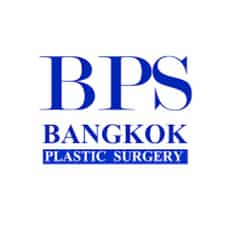
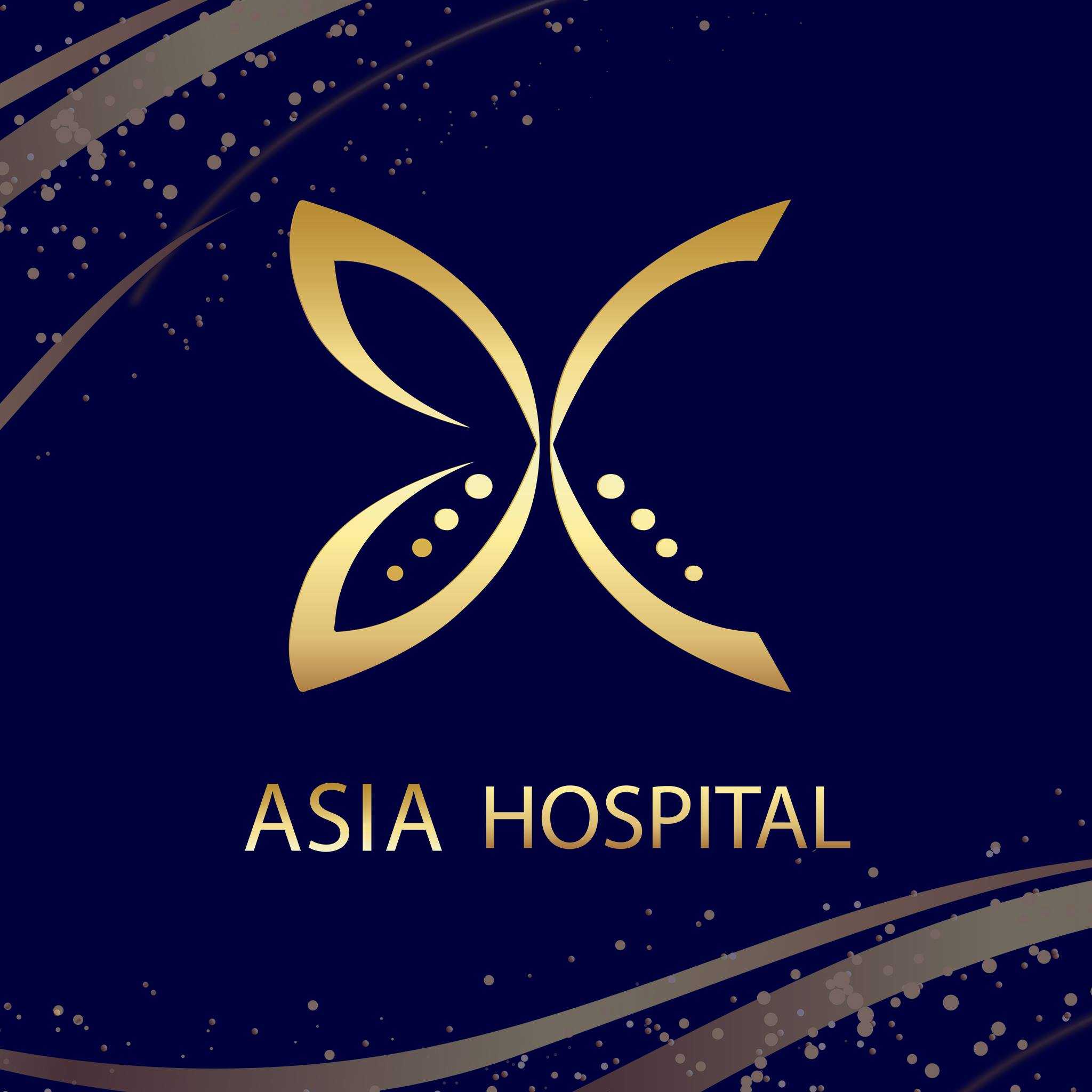
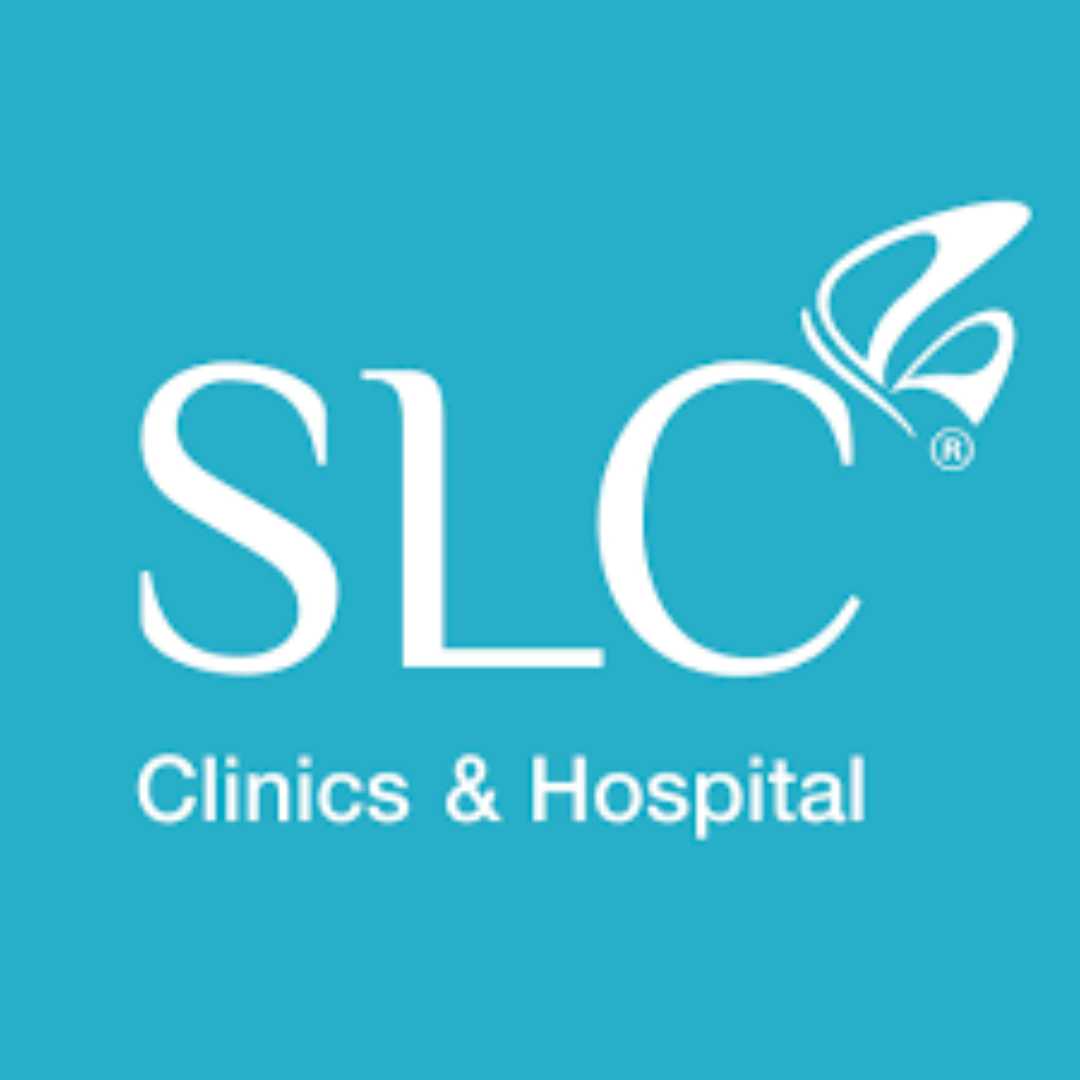
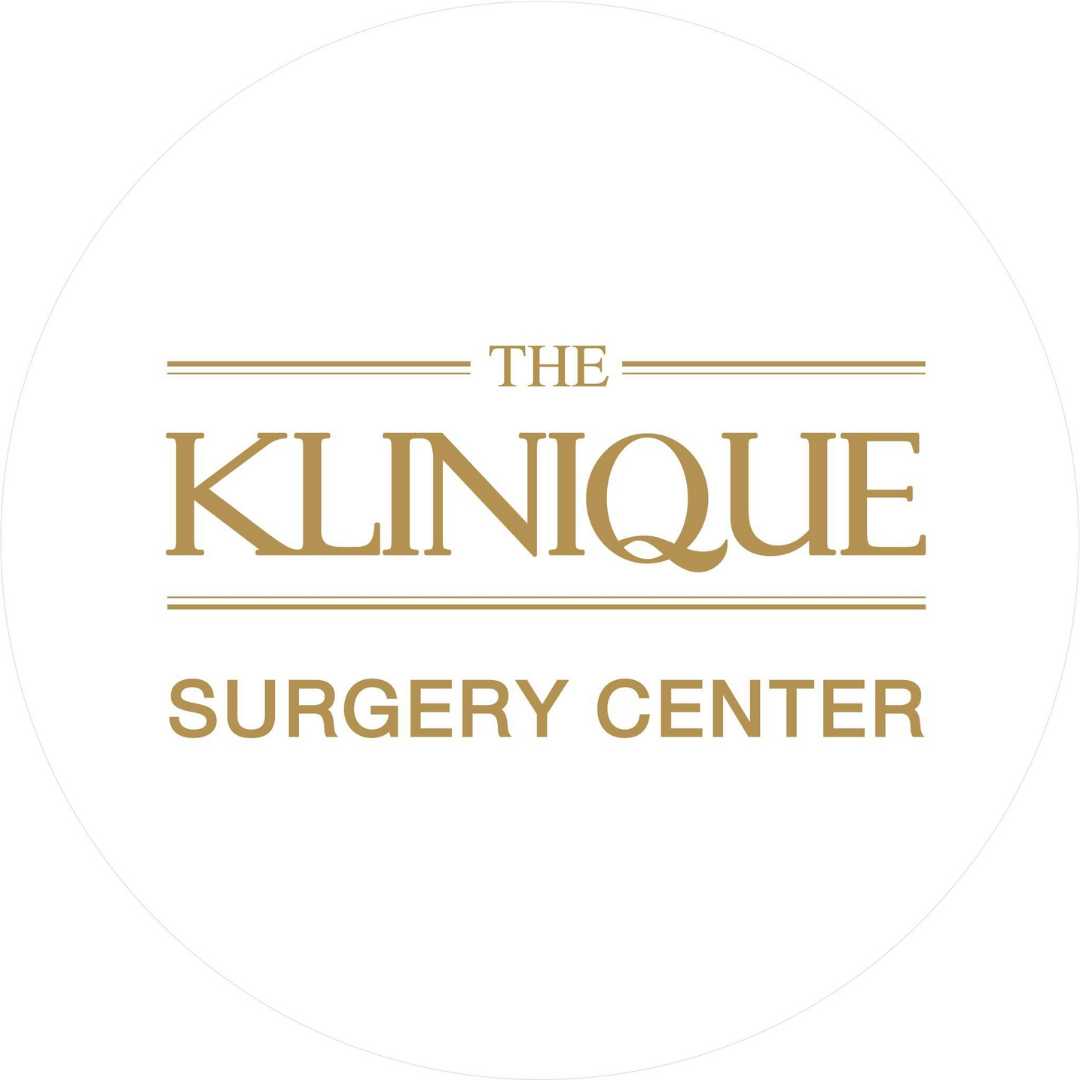
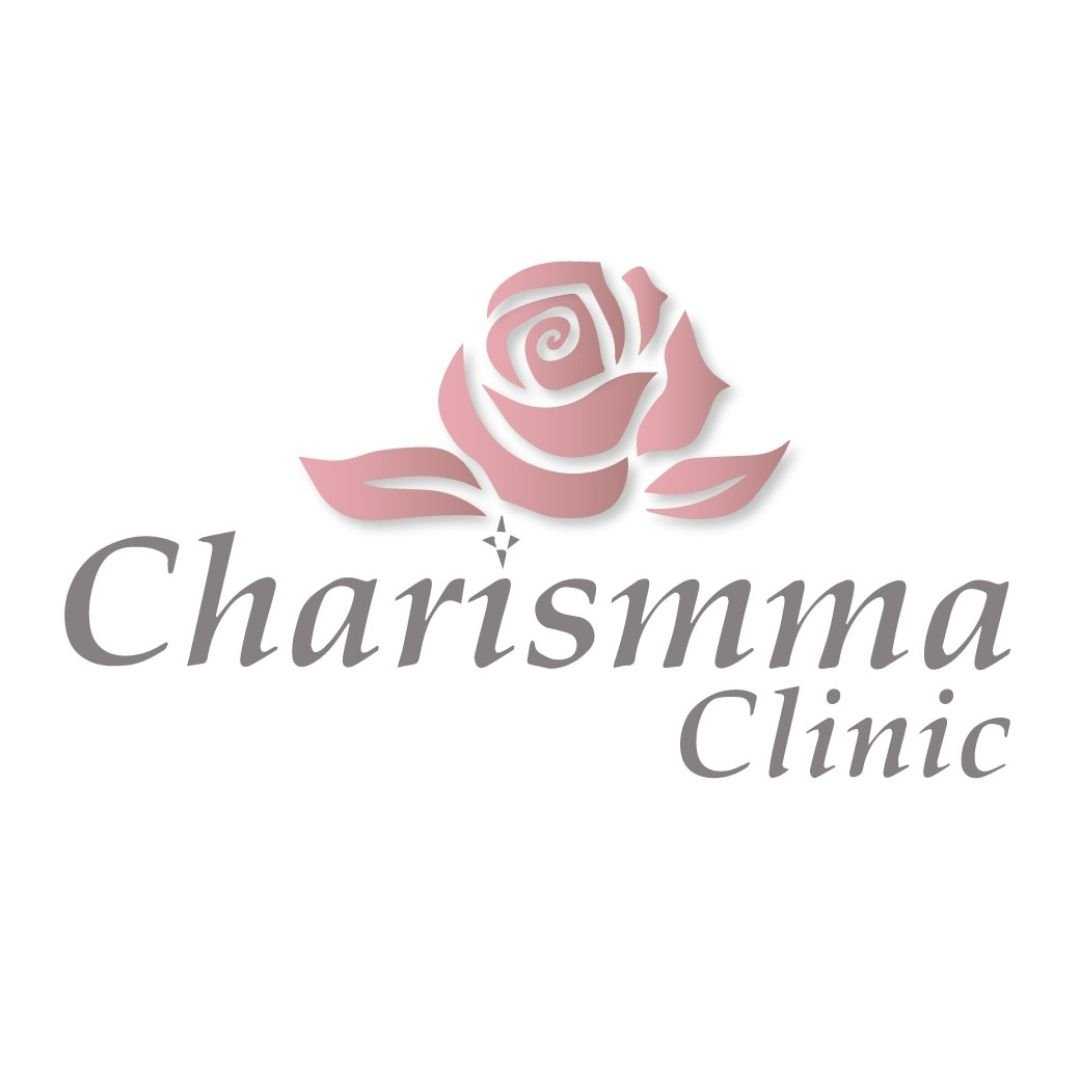

Share this listing